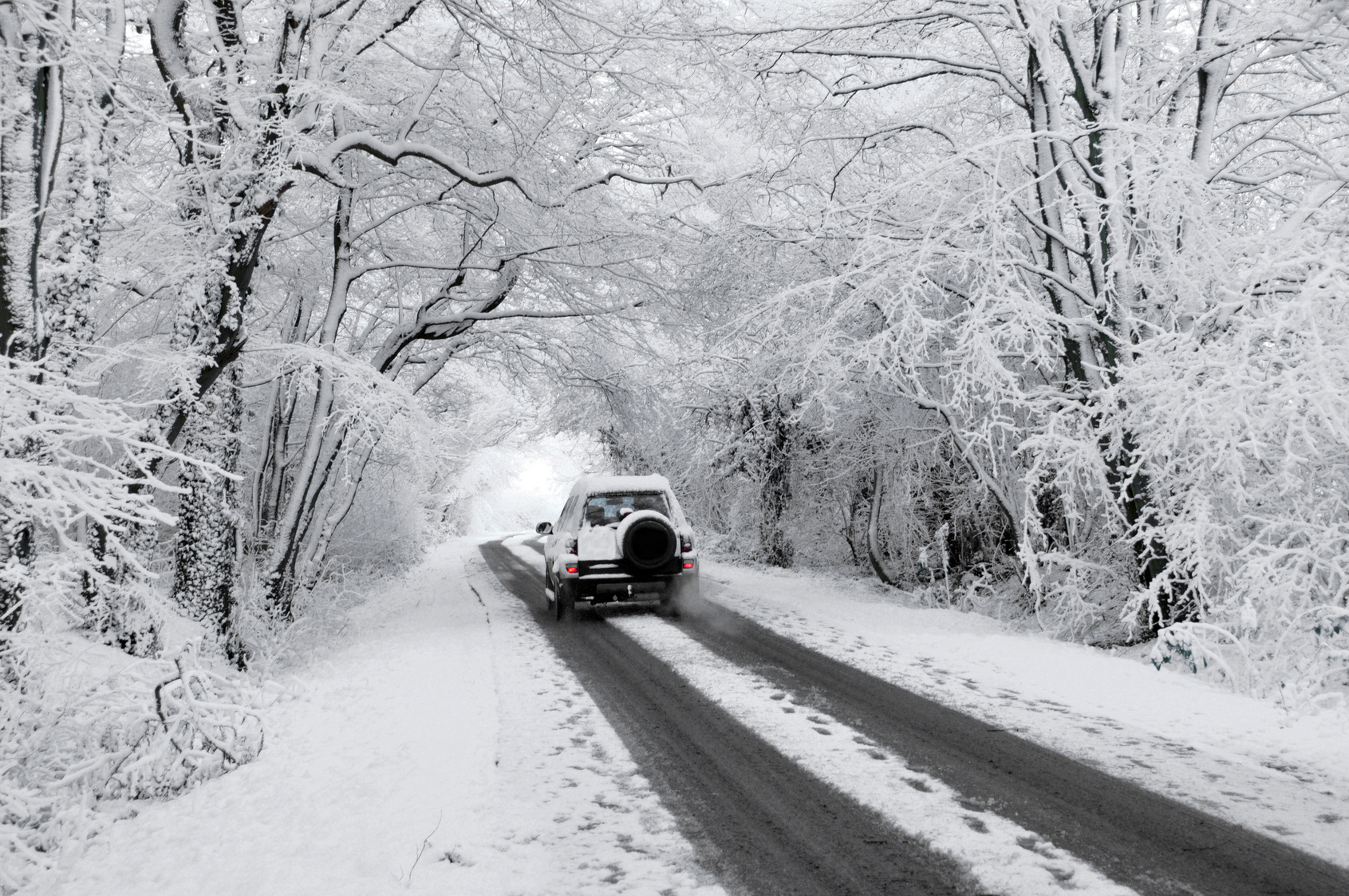As January comes to an end, we still have nearly two more months of winter so we thought we would share some of our favorite winter driving tips with you. If you have managed to make it through the last couple months without incident (meaning slipping & sliding, your car not starting, ending up in a ditch or being involved in an accident), you are likely one of the few and lucky ones! Here are a few tips that we have gathered that you may find helpful for the few more weeks of winter ahead:
Winterize Your Vehicle
It’s always a good idea to winterize your vehicle and ensure that it is in good running condition before heading out on the road. If you are not mechanically inclined, there are many autobody shops and garages that offer a basic “winterization” package.
Some important items to check are:
– Tires (winter tires are highly recommended!)
– Hoses
– Belts
– Battery
– Brakes
– Heater
– Defroster
– Wiper Blades
Carry an Emergency Safety Kit
It is also recommended to carry an emergency safety kit in your vehicle, especially if you will be traveling long distances or in areas where there is less traffic/population.
Some important items to include are:
– Food (non-perishable items such as energy bars are a good option)
– Water
– Extra clothing
– Extra boots, toques, mitts, gloves
– Ice scraper and snow brush
– Blanket
– Shovel
– Candles and matches
– Tow ropes
– Flares
– Flashlight
– Whistle
– Maps
It is also a really good idea to travel with a set of jumper cables (recommended year round), window washer fluid, antifreeze, and sand/salt (or even cat litter).
Drive Safe
It is important to drive carefully no matter what the weather, but in winter it is important to take extra caution.
– Stay tuned on weather and road conditions (check out The Weather Network and Alberta Road Reports before you travel)
– Stay off the road in the event of a storm, if at all possible
– Check your tire pressure regularly
– Clear your windows and clean your headlights and taillights for optimum visibility
– Keep your fuel tank at least 1/2 full to add weight to your vehicle (having gas in your tank is also an asset if you become stranded somewhere)
– Slow down for the road conditions
– Keep your distance and remember that added braking time is needed on icy roads
– ALWAYS wear your seatbelt
Hopefully you have found some of these tips to be helpful. If you have any more, we would love to hear from you (admin@costeninsurance.com).
Thank you,
The Costen & Associates Team
Winter Driving Safety Tips



